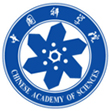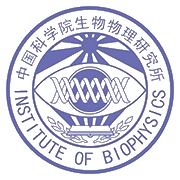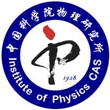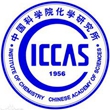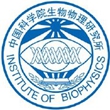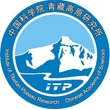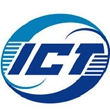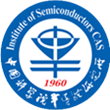Sessions 5:Information Sciences
Debdeep Jena

Character introduction
Principal Honors, Awards
Dr. Jena is a Professor of Electrical and Computer Engineering and Materials Science and Engineering at Cornell University. He joined Cornell in 2015 from the faculty at Notre Dame where he was since August 2003, shortly after earning the Ph.D. in Electrical and Computer Engineering from the University of California, Santa Barbara (UCSB). During his research career, he has received the International MBE Young Scientist award in 2014, the IBM faculty award in 2012, the ISCS Young Scientist award in 2012, the most valuable contribution awards at the Workshop for Compound Semiconductor Materials and Devices (WOCSEMMAD) in 2014, 2010 and 2008, the National Science Foundation (NSF) Career Award in 2006, a best student paper award at the Electronic Materials Conference in 2002, and a young author best paper award from the International Union of Pure and Applied Physics (IUPAP) in 2000. He was elected a Fellow of the American Physical Society in 2017.
Jena’s research and teaching interests are in the area of electronic materials and devices. His
research projects involve the epitaxial growth, design, and fabrication of semiconductor electronic and photonic devices. The device work is built upon fundamental experimental and theoretical studies of the quantum phenomena of charge, heat, & spin transport in III-V semiconductor heterostructures, and nanomaterials such as 2D layered semiconductors, nanowires, nanotubes, and graphene. He is the author or co-author on over 200 journal articles, several book chapters and review articles, and has edited one book, for which he has contributed two book chapters. He currently advises ten graduate students. Nineteen students have obtained their Ph.D. degrees and six students have obtained their M.S. degrees under his supervision. Since Fall 2003, the research efforts in his group have been supported by over $60M in collaborative research funding, with Jena serving as principal investigator on over $20M.
Dr. Jena is a Professor of Electrical and Computer Engineering and Materials Science and Engineering at Cornell University. He joined Cornell in 2015 from the faculty at Notre Dame where he was since August 2003, shortly after earning the Ph.D. in Electrical and Computer Engineering from the University of California, Santa Barbara (UCSB). During his research career, he has received the International MBE Young Scientist award in 2014, the IBM faculty award in 2012, the ISCS Young Scientist award in 2012, the most valuable contribution awards at the Workshop for Compound Semiconductor Materials and Devices (WOCSEMMAD) in 2014, 2010 and 2008, the National Science Foundation (NSF) Career Award in 2006, a best student paper award at the Electronic Materials Conference in 2002, and a young author best paper award from the International Union of Pure and Applied Physics (IUPAP) in 2000. He was elected a Fellow of the American Physical Society in 2017.
Jena’s research and teaching interests are in the area of electronic materials and devices. His
research projects involve the epitaxial growth, design, and fabrication of semiconductor electronic and photonic devices. The device work is built upon fundamental experimental and theoretical studies of the quantum phenomena of charge, heat, & spin transport in III-V semiconductor heterostructures, and nanomaterials such as 2D layered semiconductors, nanowires, nanotubes, and graphene. He is the author or co-author on over 200 journal articles, several book chapters and review articles, and has edited one book, for which he has contributed two book chapters. He currently advises ten graduate students. Nineteen students have obtained their Ph.D. degrees and six students have obtained their M.S. degrees under his supervision. Since Fall 2003, the research efforts in his group have been supported by over $60M in collaborative research funding, with Jena serving as principal investigator on over $20M.
Topic: New Devices to Enable Future Memory, Logic, and Communication Systems
Abstract Today, information systems are undergoing a major change. Old ways of thinking compartmentalized information into the three classical pillars: Logic, Memory, and Communication systems. However, today it has become clear that that sort of division is only artificial, limited by the physical devices such as semiconductor transistors, amplifiers, and solid -state memories we have at hand to manipulate information. New and creative materials and device discoveries are changing this classical paradigm by filling the interfaces of these three pillars. For example, the same physical devices that can “communicate” (semiconductor power amplifiers, or lasers and LEDs) can today also think, and store data. The same devices that can “think”, meaning can do logic, can also “remember”, by merging logic and memory devices. I will present a few examples of these new generations of devices enabled by new classes of materials at the intersection of Logic, Memory, and Communication systems. The direction towards a full quantum information system, where qubits, single photon communication, and quantum memory power the information system is likely not too far, and I will discuss what is needed for practical implementation of the quantum future of information systems.
Previous first_page
Next Andre Ivanov
